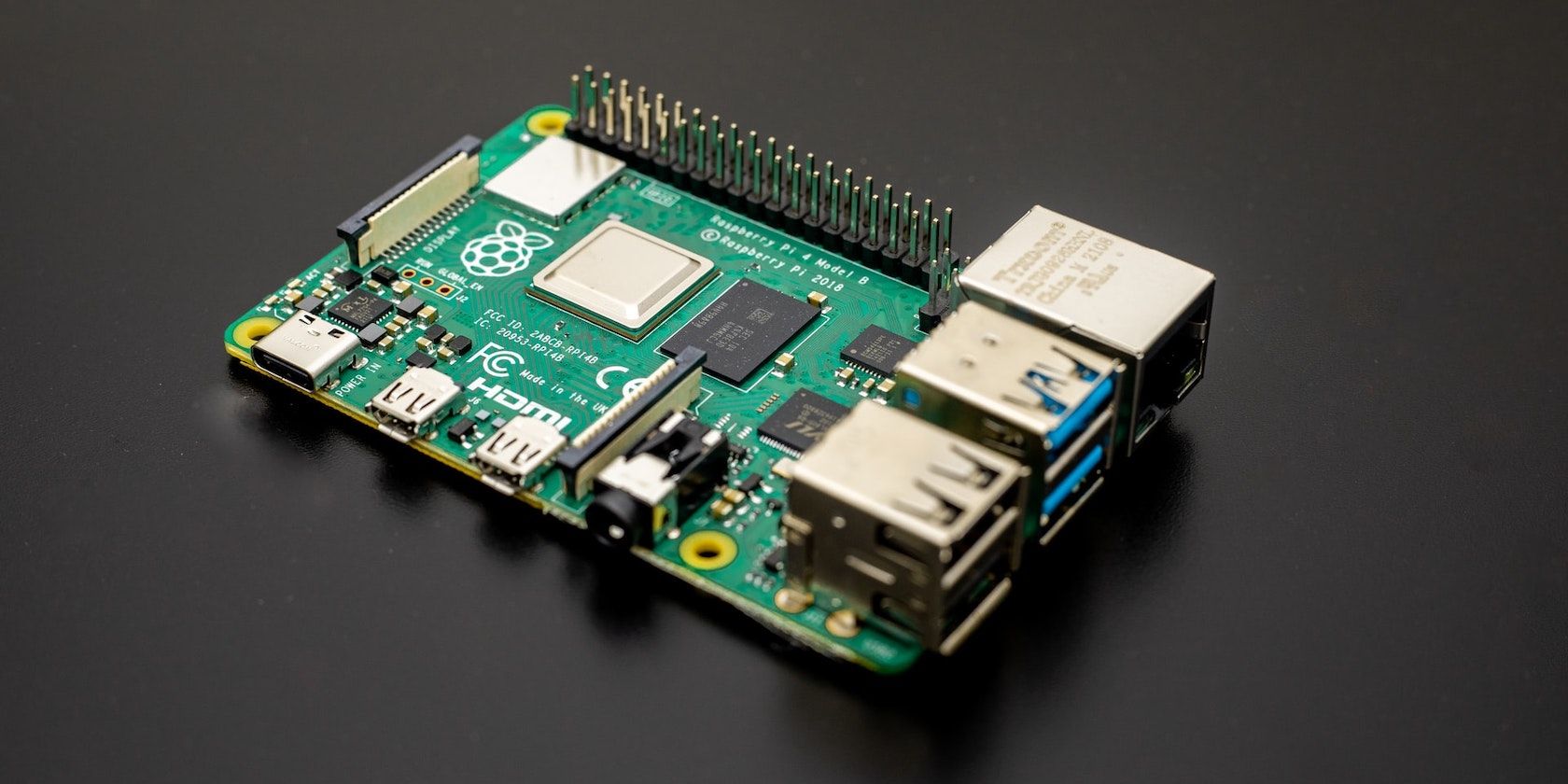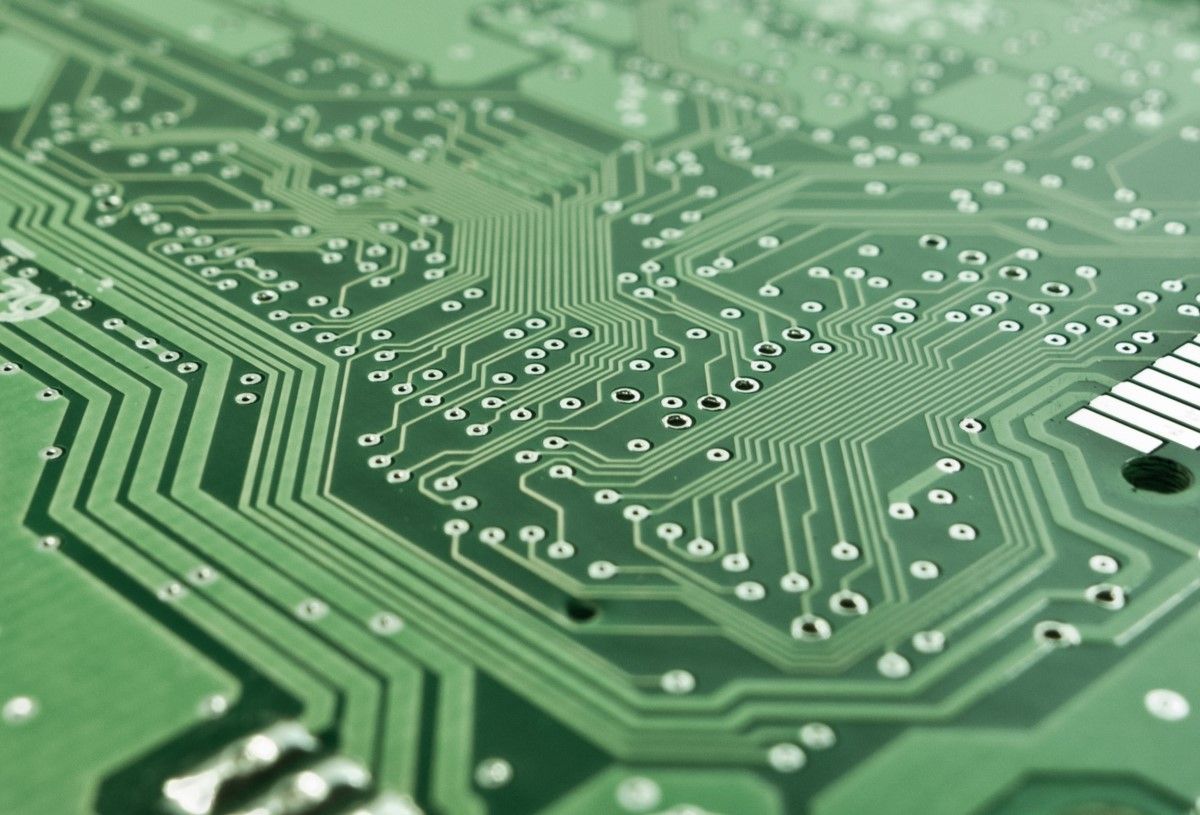Almost every gadget that we now use is dependent on one major component. No, we aren't talking about batteries or processors. We are talking about a PCB.
So, what is a PCB, and what does PCB stand for? Let's see.
What Is a PCB and What Does It Stand For?
PCB stands for Printed Circuit Board and they are at the heart of all electronic components that we use today. From your Apple Watch to your laptop, almost every electronic gadget you own contains one or more PCBs.
Simply put, a PCB is a sheet of non-conductive material housing electrical components. The sheet, which is often made from fiberglass or plastic, is "printed" or "etched" with electrical circuitry, hence the term "circuit board." The copper circuitry on a PCB connects electrical components, relaying electrical signals back and forth.
PCBs can be single-layer or multi-layer. In a single-layer PCB, all the electrical circuits and the components are on the same surface. On the other hand, in a multi-layer PCB, the non-conductive (substrate) layers are alternated with conductive electrical circuitry, forming a sort of sandwich.
PCBs meant for incredibly simple jobs like turning a light bulb on/off are often single-layer, while those meant for complex work environments like computers are multi-layered.
PCB Examples
The most famous example of a PCB is a computer's motherboard.
A motherboard is a circuit board with dozens of electrical components like capacitors, Bluetooth and Wi-Fi radios, CPU, RAM, etc, mounted on top. All of these components are connected through the copper circuitry printed on the board.
While most PCBs are rigid, printed circuit boards can also be flexible or a combination of the two. For instance, if you are into smartphone DIY, you might have noticed the flexible connectors that connect the battery or the LCD module to the motherboard. Those are the flexible PCBs.
Printed Circuit Boards Make Electronic Gadgets Cheaper and Reliable
Long story short, PCBs have revolutionized electronics through their excellent reparability, reliability, and affordability.
So, a major reason why we have relatively cheap and longer-lasting electronic gadgets is because of printed circuit boards.


